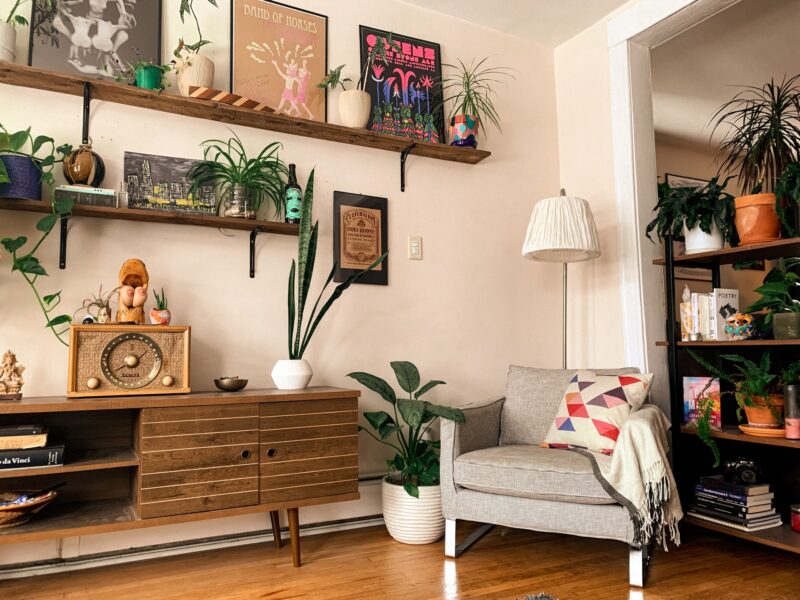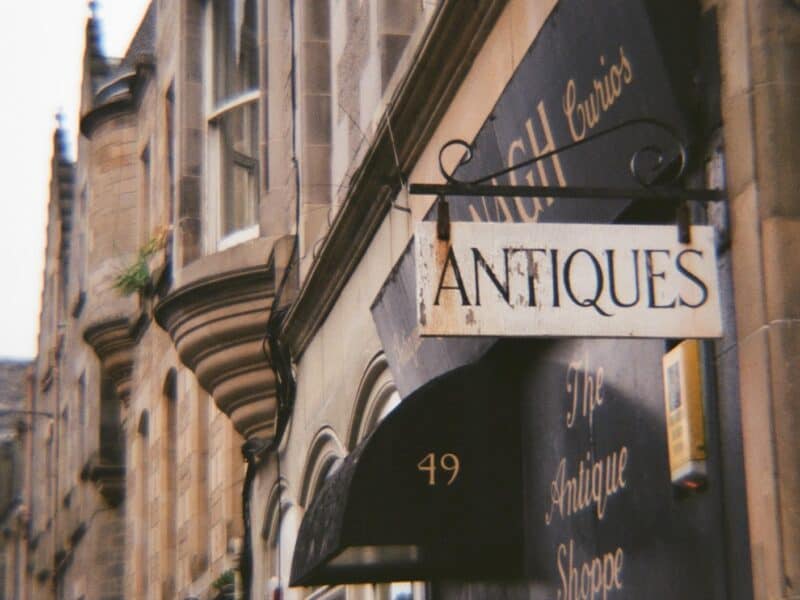Antique furniture has found plenty of popularity during centuries gone by. The Romans used to decorate their homes using Greek sculptures and vases, people would get excited over collecting European antiques in the 15th century, and antiques would be bought and displayed to demonstrate wealth during the late 19th century.
However, this was the last time that antique furniture enjoyed its time in the spotlight, aside from a couple of surges of interest in the 50s and 80s, and since then this particular trend has fallen in favour of more contemporary and modern designs.
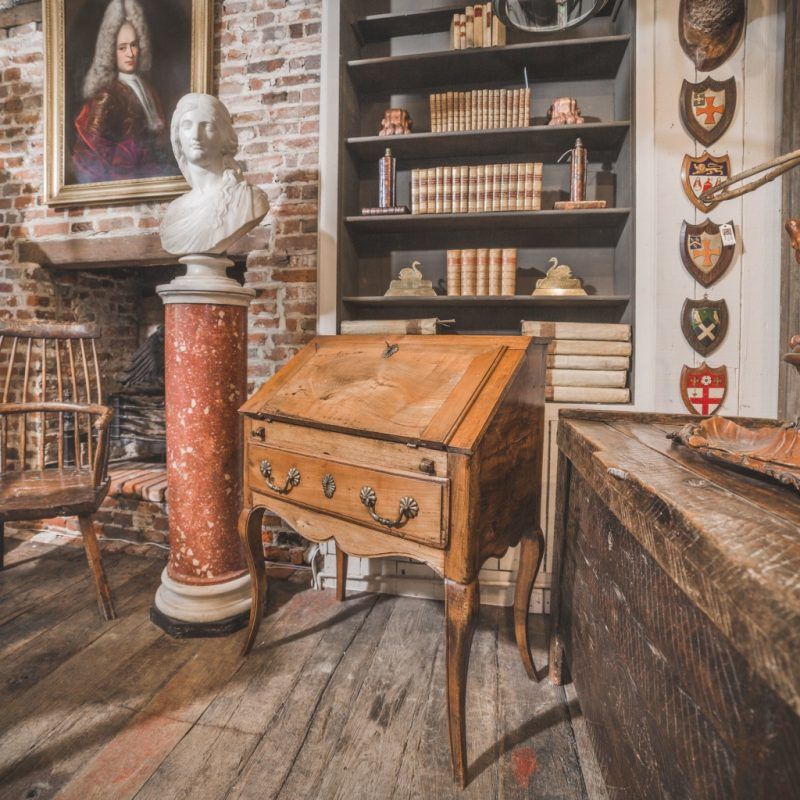
There are a number of reasons why antique furniture may have become less fashionable. Firstly, many people are now living in updated, renovated, or new homes, and antique furniture just doesn’t look right in this setting.
Secondly, although selling antiques online is made easy by a number of sites, many antique shops have been forced from High Streets due to rising rental prices, meaning that they no longer receive as much passing trade.
Finally, there is just so much choice available now for people with budgets of all sizes that there is just no need to dig into the past to find the perfect piece of furniture.
Also, due to its heavy and bulky nature, it may not only be that people don’t like the style of antique furniture, but that it simply won’t fit through narrow doorways or up endless flights of stairs. A lot of this furniture would have been designed with large rooms, wide staircases, and high ceilings in mind, which is simply not suitable for the types of property that people are living in nowadays.
Despite a drop in the antique furniture trend, TV shows based on this style, such as Antiques Roadshow, are boasting higher viewing numbers than ever. However, this may simply be the effect of an aging population, with younger people tuning in out of curiosity around how much items are worth.
The Mid-Century Modern Trend
Although antique furniture from many decades is becoming less popular, Mid-Century Modern pieces have been enjoying their time in the limelight for a number of years now. Partly thanks to TV shows set in the fashionable 1950s, such as Mad Men, this style of furniture has won the hearts of many and found its way into plenty of homes where it certainly makes a statement.

Mid-Century Modern is a term that covers furniture, architecture, and urban design from between 1933 to 1955, and designers from this era, including Eames, Paul Evans, and Jean-Michel Frank, have become household names when it comes to choosing furniture.
For those who can’t find or afford original 1950s pieces, pastiche items have stepped in which have been made using modern manufacturing methods to create retro designs.
There are a number of great high street options to choose from if you want to add Mid-Century Modern style to your home, and a selection of design traits you should keep an eye out for. For example, the West Elm range of Mid-Century furniture, made for both bedrooms and offices, combines classic tapered legs, rounded frames, bevelled edges, and acorn finishes which are all synonymous with 1950s style.
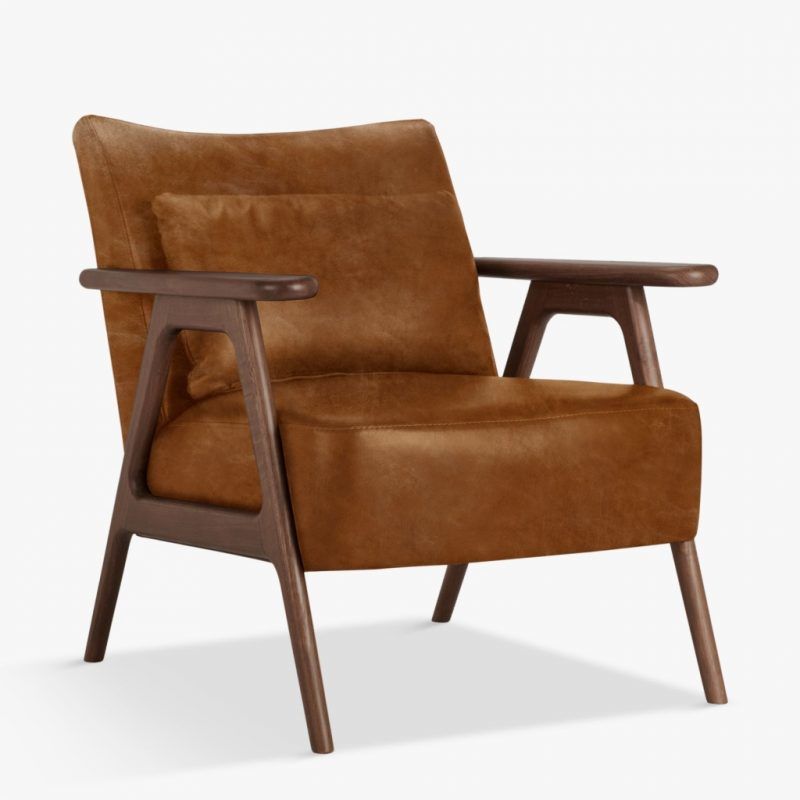
For retro comfort, check out John Lewis’ Hendricks range of armchairs and loveseats which boast solid exposed oak frames. Available in a number of colours, you’re sure to find the perfect fit for your living room.
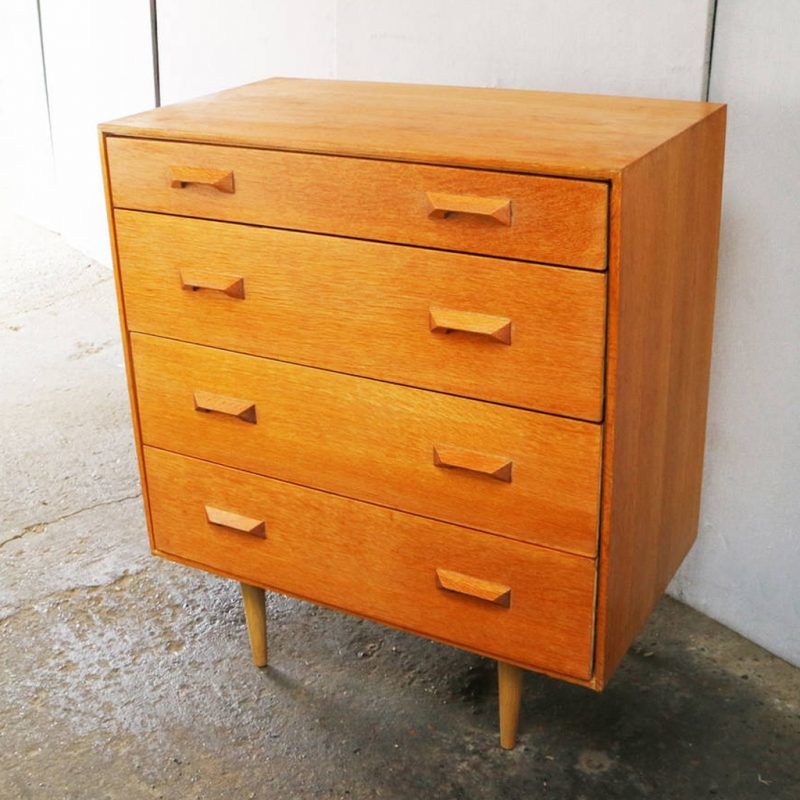
Alternatively, you might like to hunt for refurbished or upcycled options across sites such as eBay, Etsy, and notonthehighstreet.com. These items will not only fit in with the trend but are likely to be one of a kind too!
The future of antique furniture
Trends and fashions are constantly changing, and what people want now will be completely different to what they will want next year, meaning that antique furniture could find its time to shine once again. It may not necessarily be items from centuries ago that make their way into modern homes, but sleek options from more recent decades could quite easily rise in popularity.
We may also see that the demand for second-hand, antique furniture will increase as more people opt for eco-friendly lifestyles. As with fashion, many are now looking for pieces that they can invest in to limit the amount of items they throw away, which could definitely help sturdy, reliable antiques to make a comeback in the future.

